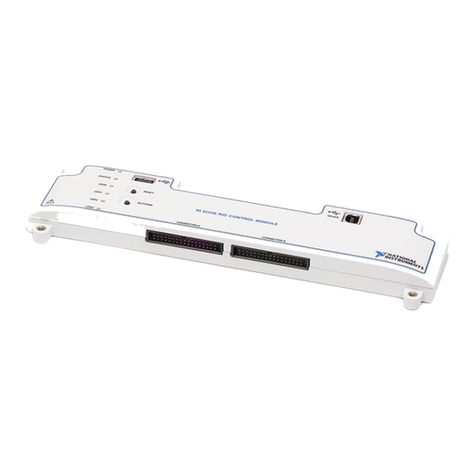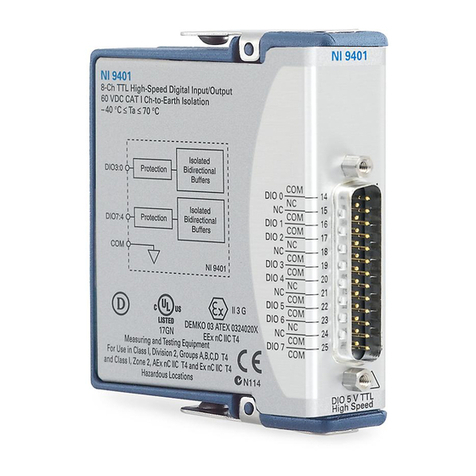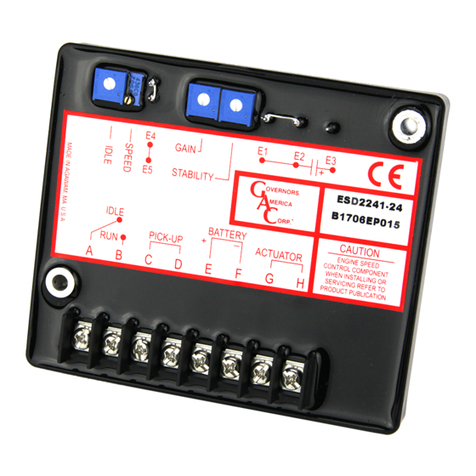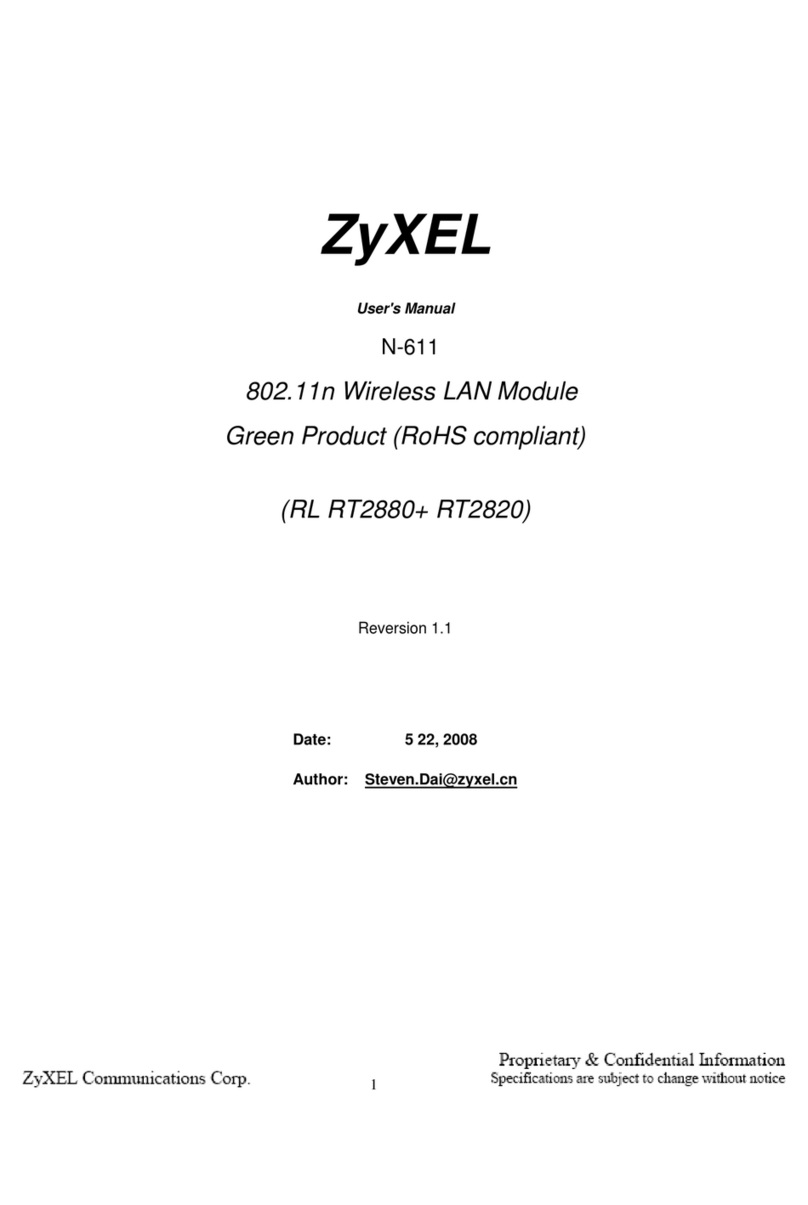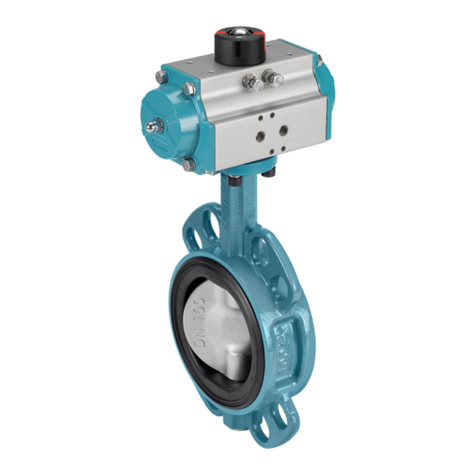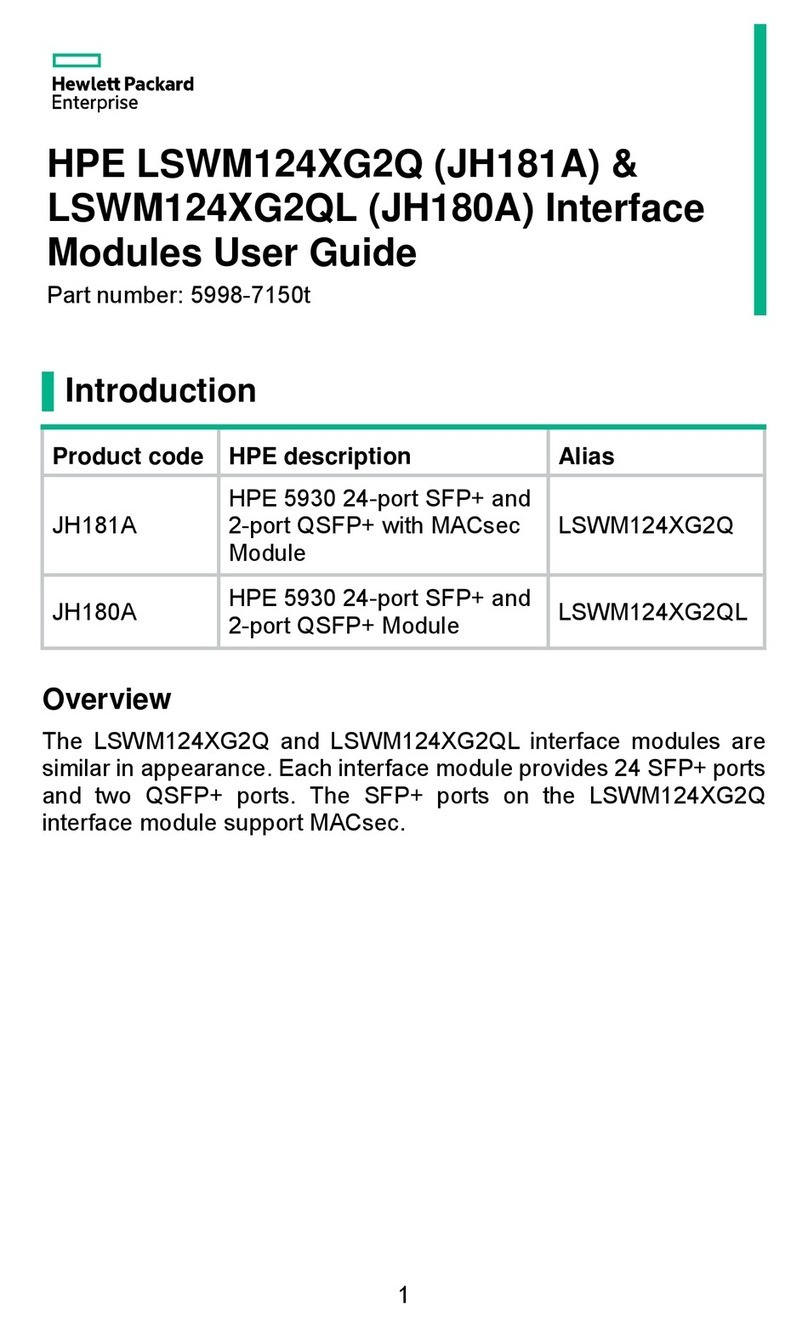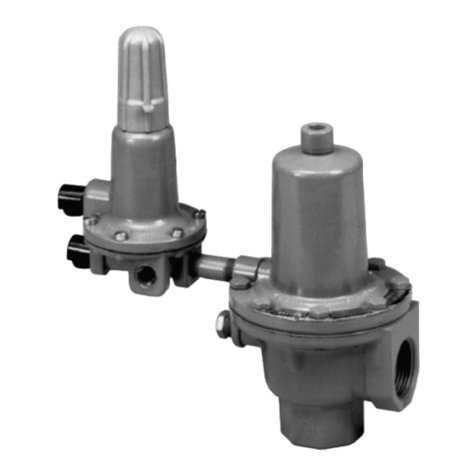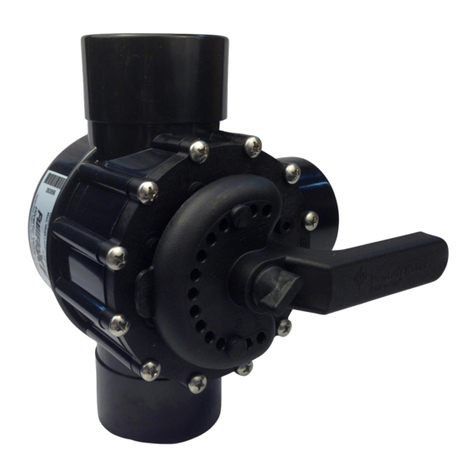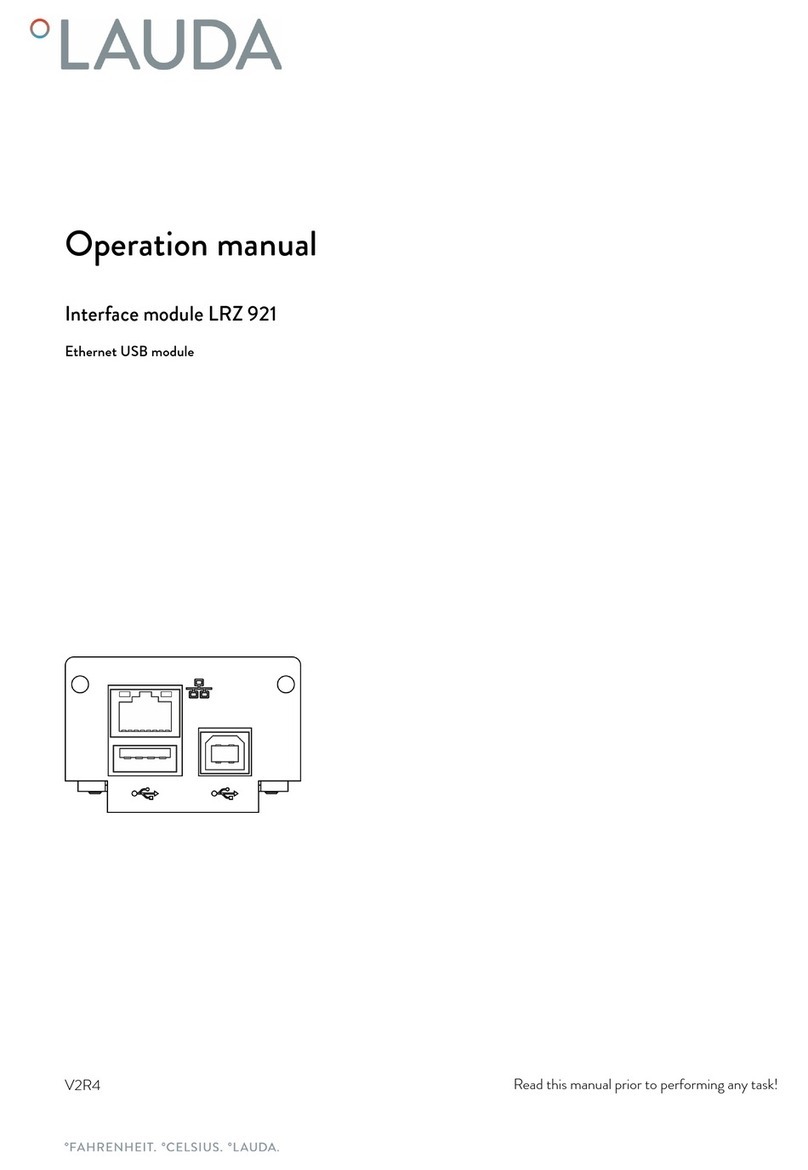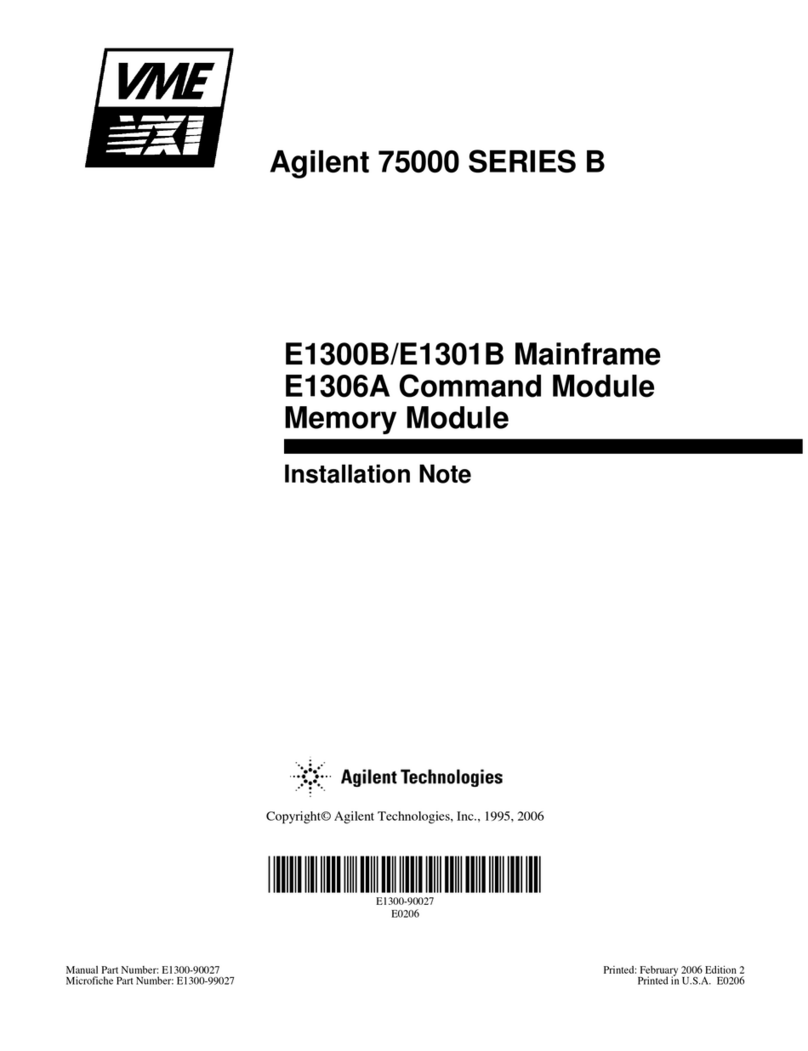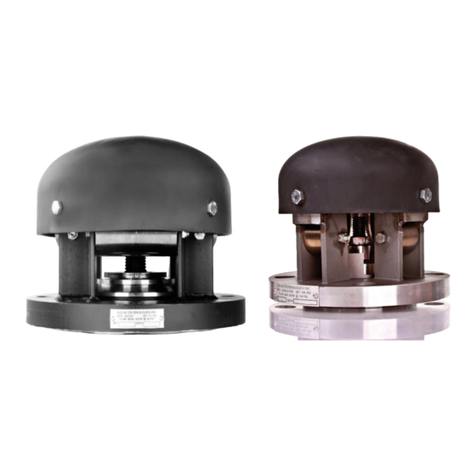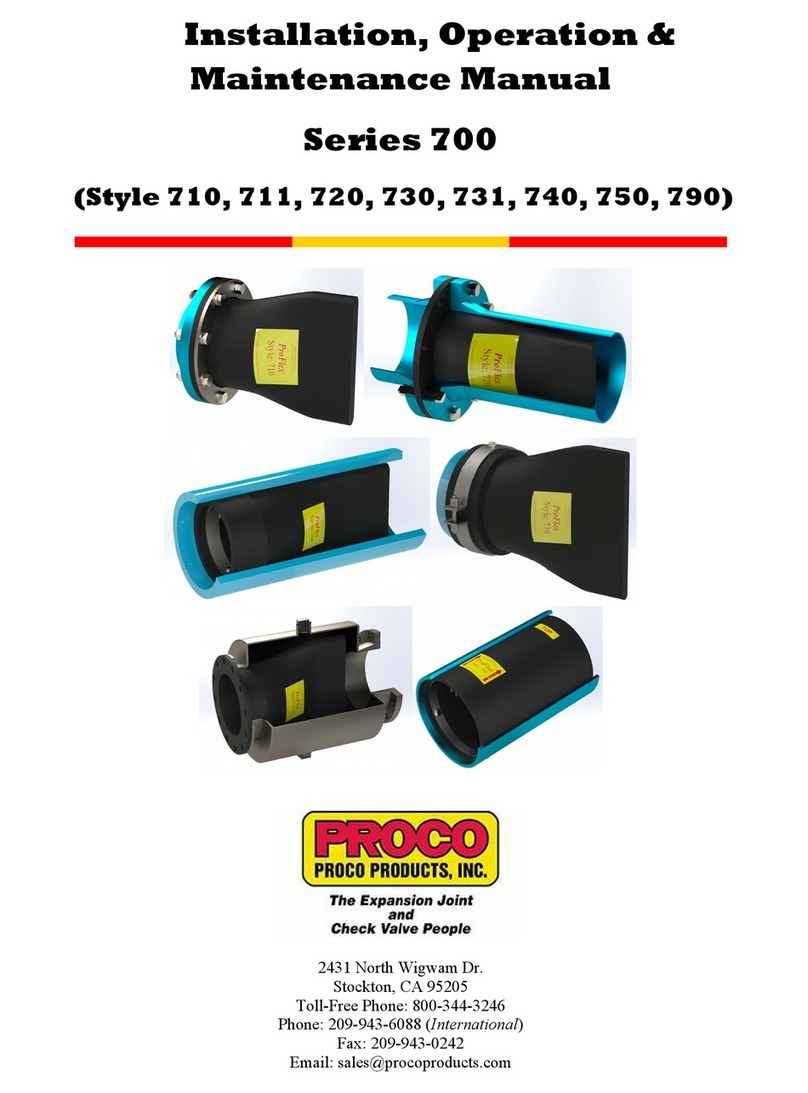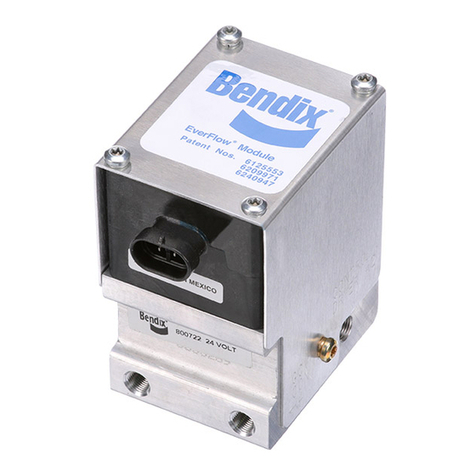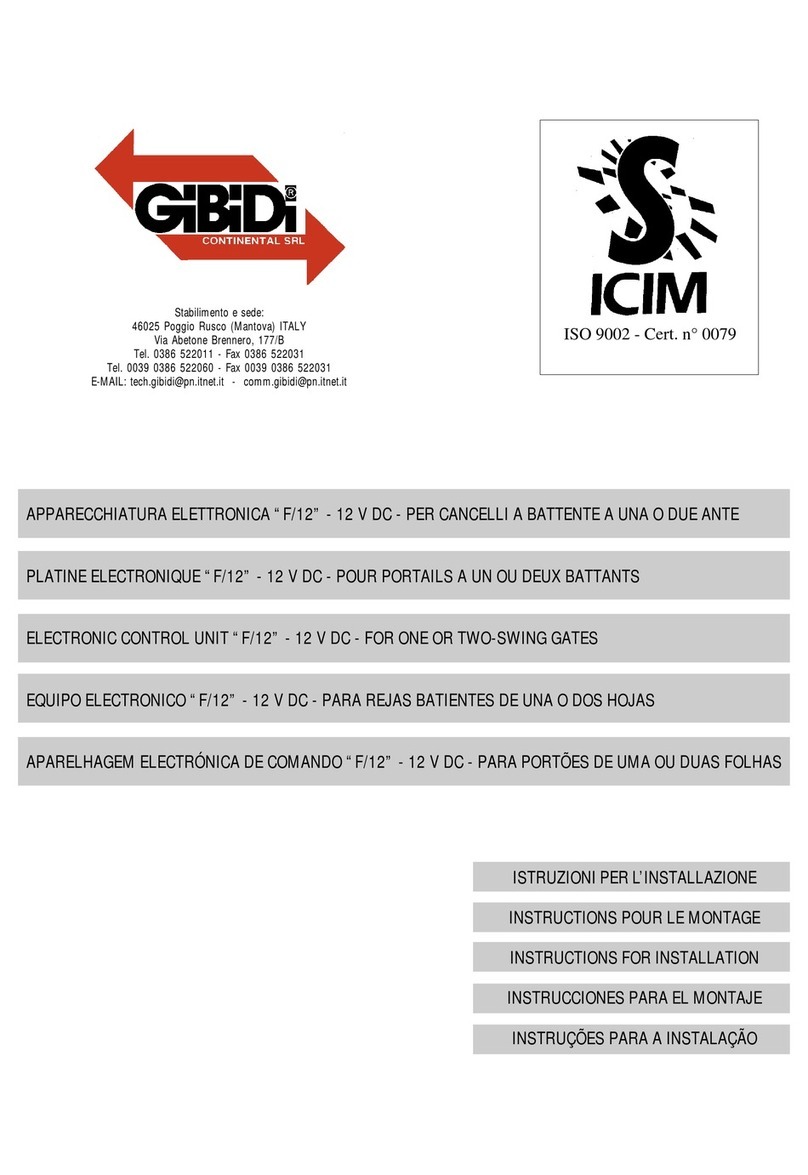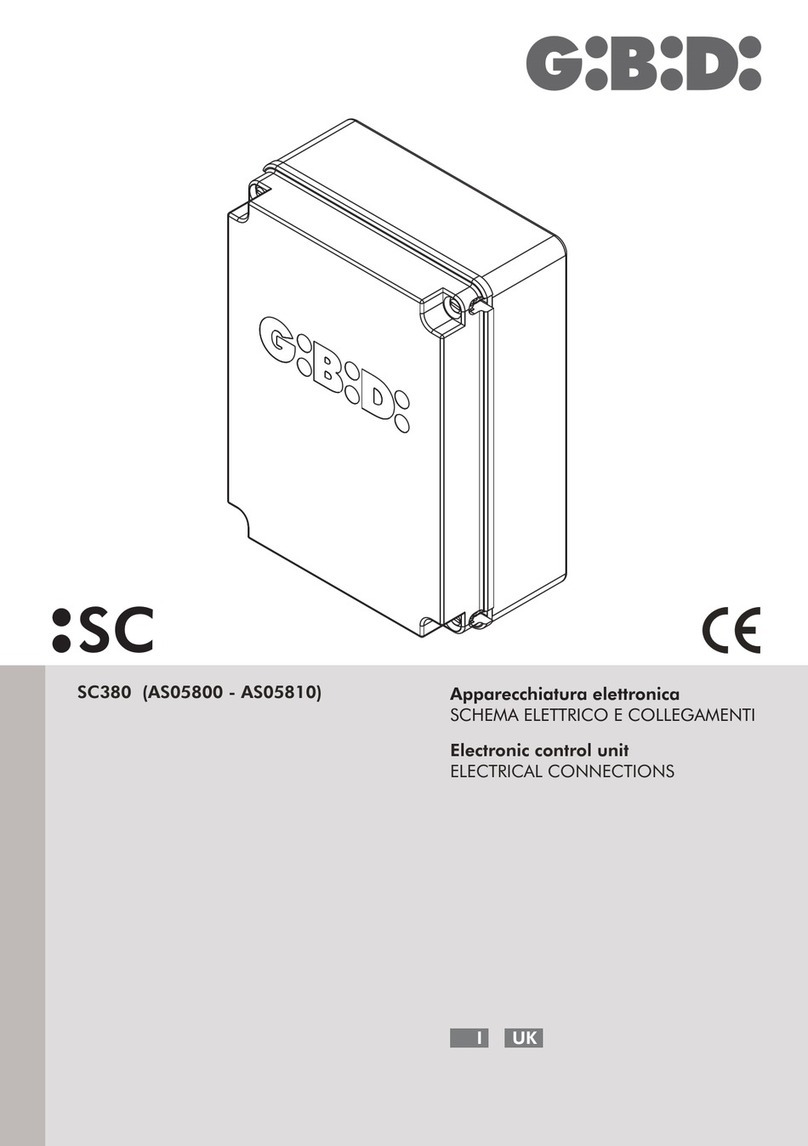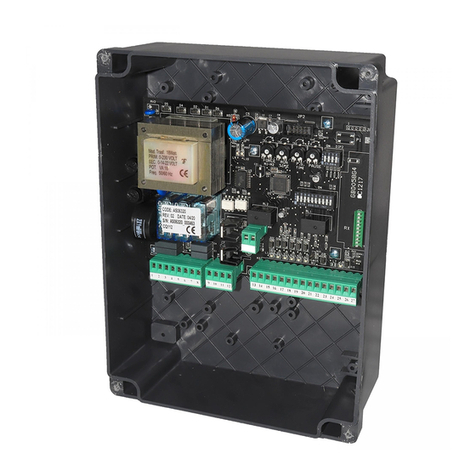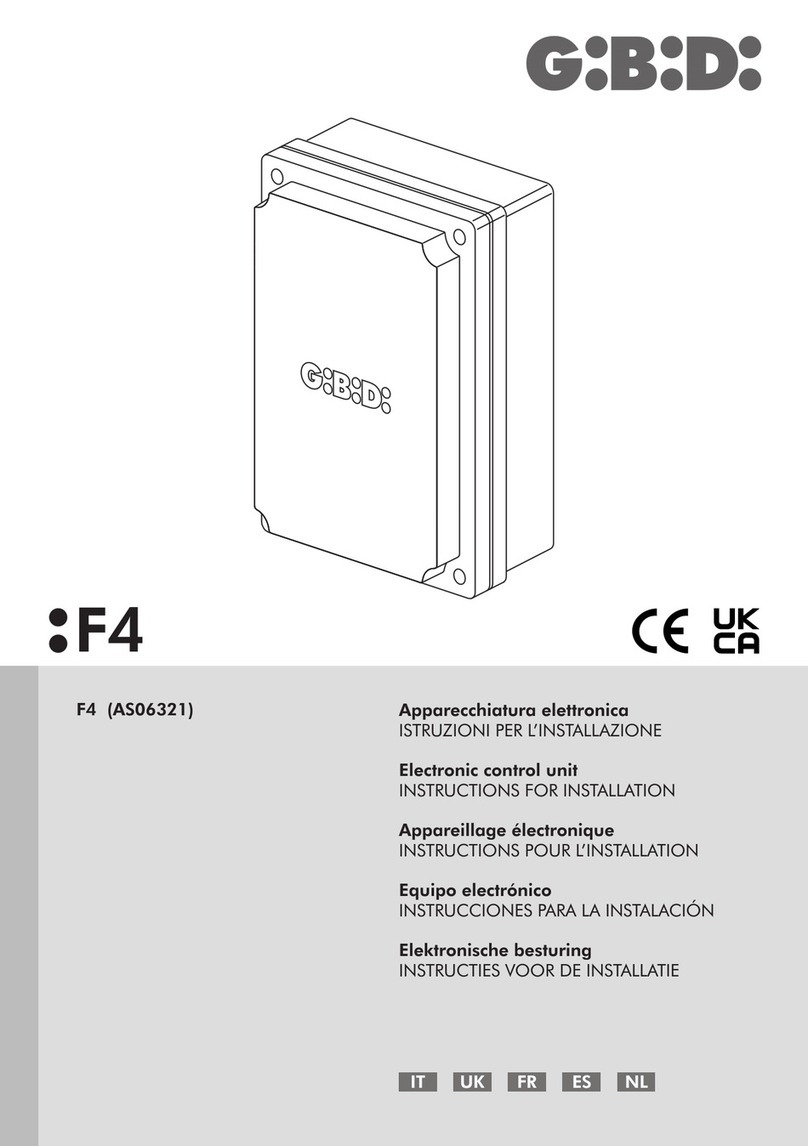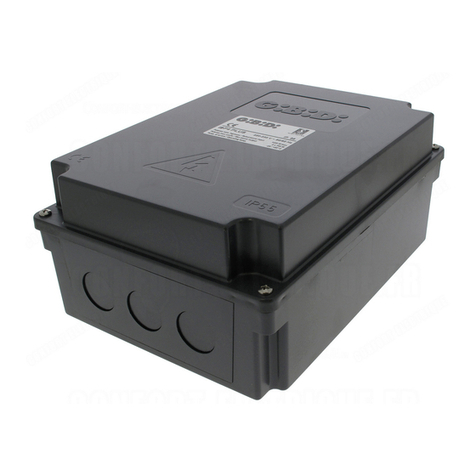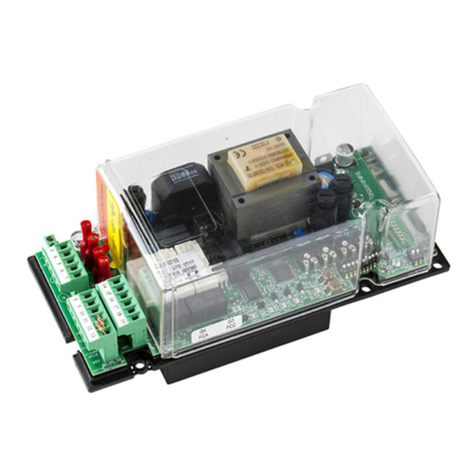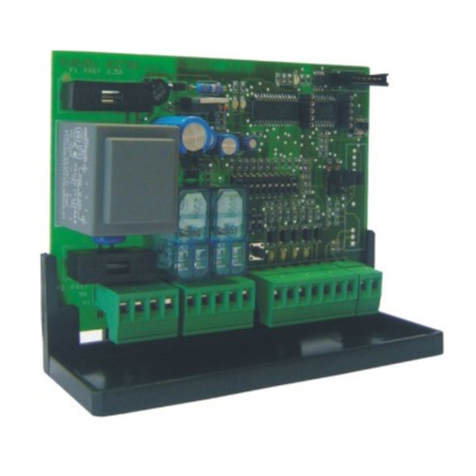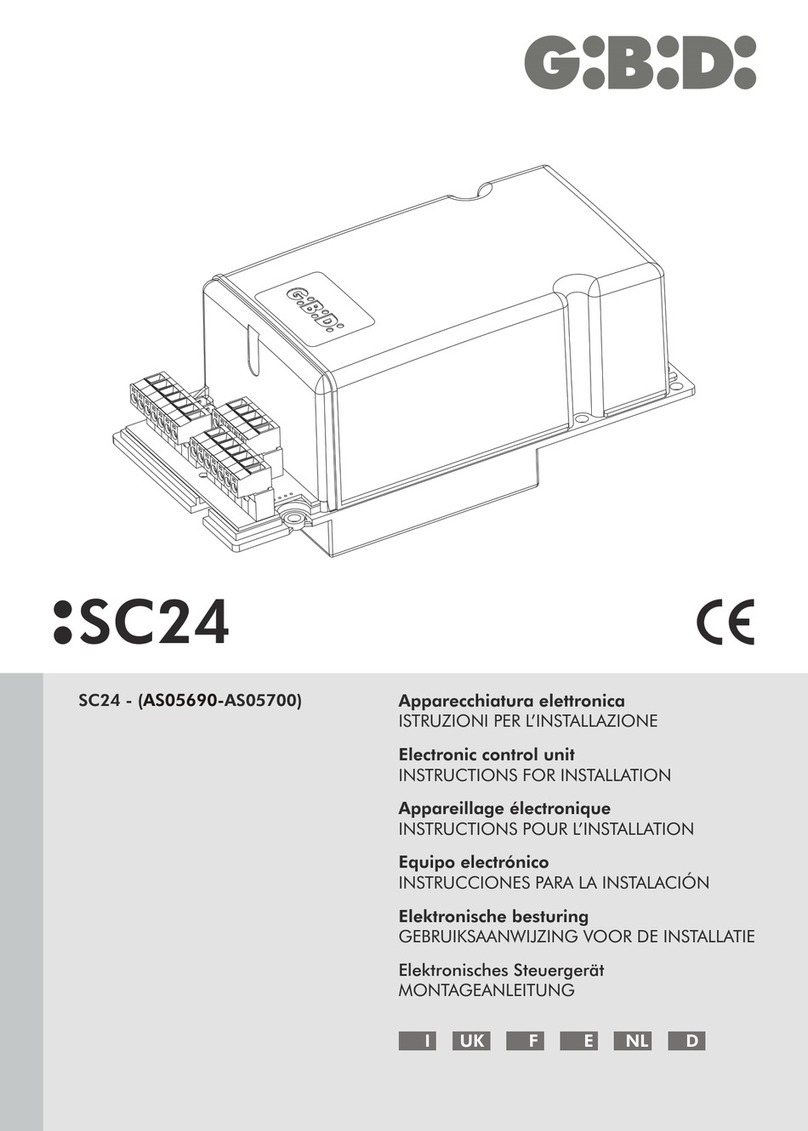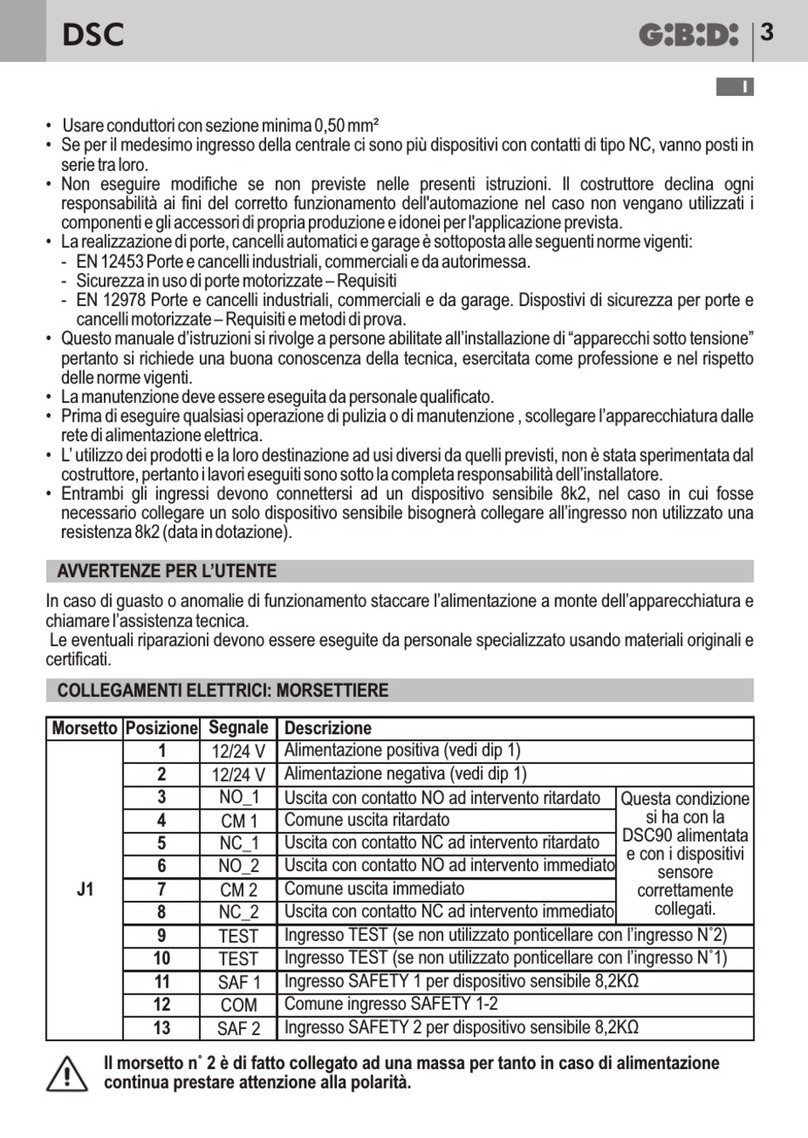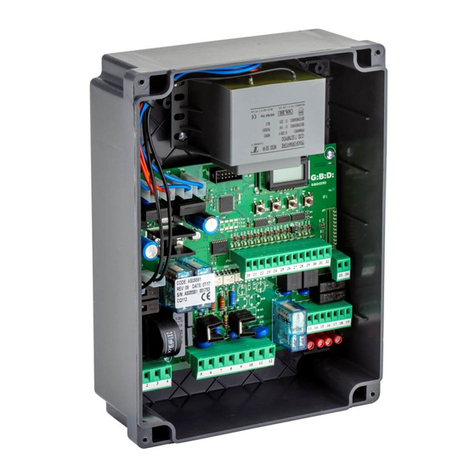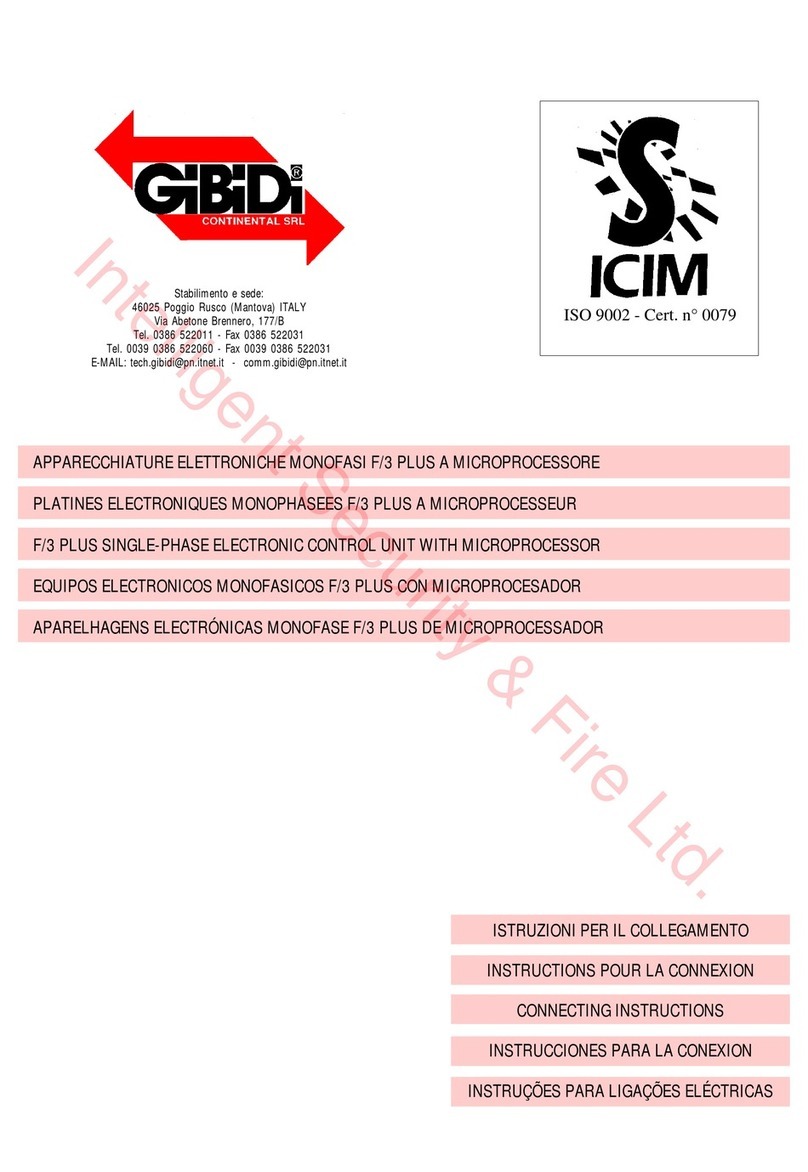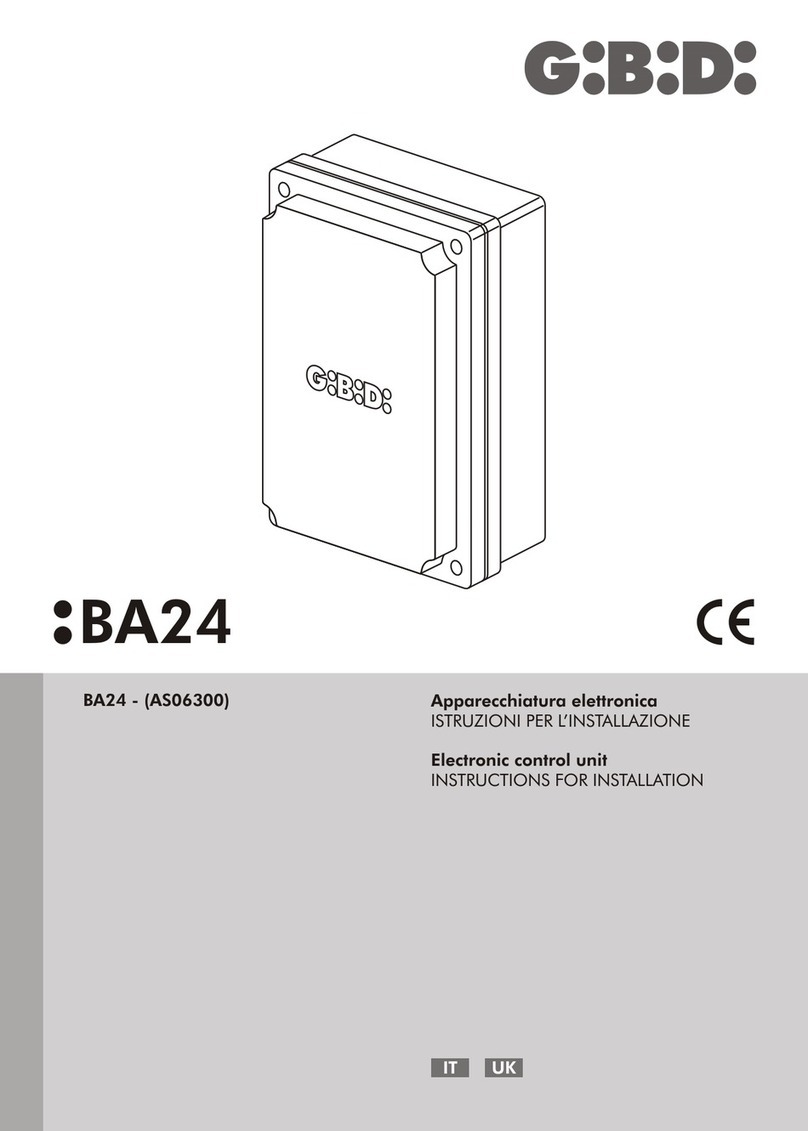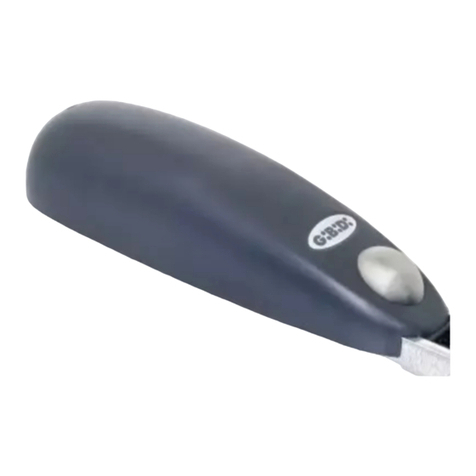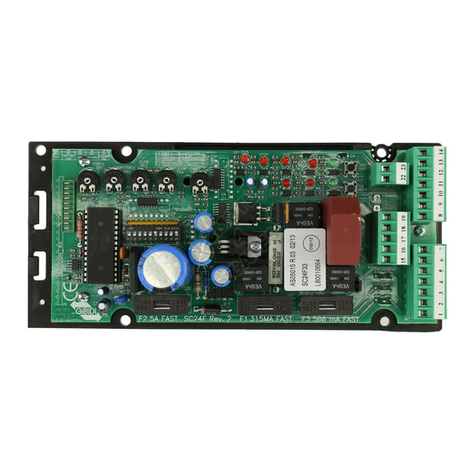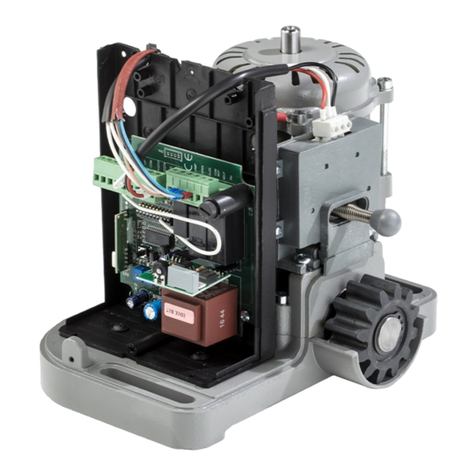
F F
SC23020 SC230 21
CONTROLES FINAUX ET ESSAIS
!DIP 1 ET DIP 2 tous les deux sur OFF : Pas - pas avec stop
!DIP 3 OFF : Pré-clignotement exclu
!DIP 4 OFF : Test dispositifs de sécurité exclu
!DIP 5 OFF : Cellule photoélectrique en ouverture exclue
!DIP 6 OFF : Fermeture automatique exclue
!DIP 7 OFF : Ralentissements exclus
!DIP 8 OFF : Refermeture rapide exclue
!DIP 9 OFF : Senseur des tours du moteur désactivé
!DIP 10 OFF : Entrée STOP activée
PARAMETRAGES PAR DÉFAUT
RÉGLAGE TEMPORISATEURS
!Les temporisateurs TR2, TR3, TR4, TR5 peuvent également être réglés pendant le mouvement de la
grille, permettant ainsi de contrôler immédiatement l'effet.
!Le temporisateur TR1 est mémorisé uniquement pendant la phase de repos (grille fermée).
•TEMPORISATEUR TR1 réglé au minimum
•TEMPORISATEUR TR2, TR3 réglés en position intrmédiaire
•TEMPORISATEUR TR4, TR5 réglé au maximum
Fig.2Fig.2
Avant de mettre l'appareil sous tension, il faut effectuer les contrôles suivants :
1 Contrôler le paramétrage exact des dip, selon les exigences.
2 Régler le temporisateur TR1 (PAUSE) et paramétrer le temps de pause désiré (on obtient au maximum
dans le sens horaire 215 s).
3 Contrôler les branchements électriques : un mauvais branchement peut être néfaste tant pour l'appareil
que pour l'opérateur.
4 Contrôler la position exacte des fins de course (Fig.2). Il faut faire attention à la disposition exacte des
aimants.
METTRE LE DISPOSITIF SOUS TENSION
N.B.: Entre les relais K5 et K6, il y a un pontet domino JP1 qui sert à l'installateur pour alimenter les dispositifs
de sécurité (position 1-2) même avec la grille au repos (normalement l'alimentation des dispositifs de sécurité
s'obtient uniquement pendant le cycle d'ouverture-pause-fermeture) et effectuer les contrôles correspondants.
Il ne faut pas oublier de placer le pontet dans la position 2-3 avant d'activer le fonctionnement normal, sinon à
l'aide du TEST DISPOSITIFS SECURITE une anomalie sera signalée et la grille restera bloquée (DIP4).
5 Contrôler que les lampes témoins rouges, des contacts normalement fermés, sont allumées et que les
vertes, des contacts normalement ouverts sont éteintes.
6 Contrôler qu'en faisant intervenir les fins de course utilisés, les lampes témoins correspondantes
s'éteindront.
7 Contrôler qu'en passant devant les cellules photoélectriques, la lampe témoin correspondante s'éteindra.
8 Contrôler qu'en faisant intervenir les dispositifs de sécurité, la lampe témoin correspondante s'éteindra.
9 Contrôler que le moteur est bloqué et prêt pour le fonctionnement en position de GRILLE A MI-COURSE.
Eliminer d'éventuels obstacles dans le rayon d'action de la grille, puis donner une commande de START.
A la première commande l'appareil commence une phase d'ouverture et il faut contrôler que le sens du
mouvement de la grille est exact. Dans le cas contraire, il faut inverser les fils sur les bornes OPEN -
CLOSE. A la première manœuvre la grille s'arrête sur le premier fin de course d'ouverture rencontré. Il
faut terminer la manœuvre de fermeture pour permettre à l'appareil de lire tous les fins de course
installés et d'aligner la grille.
10 Tourner le temporisateur TR2 (FORCE) pour trouver la valeur force/vitesse désirée (Fig.1).
11 Si la fonction ralentissement est activée, il faut tourner le temporisateur TR3 (SLOW) pour trouver la valeur
de ralentissement désirée. (Fig.1).
12 Si le senseur des tours du moteur est activé, il faut tourner le temporisateur TR4 dans le sens anti-horaire
pour trouver la valeur exacte d'intervention du senseur pendant le mouvement en pleine force.
13 Si le senseur des tours du moteur et la fonction ralentissement sont activés, il faut tourner le
temporisateur TR5 dans le sens anti-horaire pour trouver la valeur exacte d'intervention du senseur
pendant le mouvement ralenti.
N.B.: Dans le cas de parasites électriques ou électromagnétiques dans l'environnement, la grille peut s'arrêter
sur le fin de course prévu pour le ralentissement, afin d'empêcher l'intervention du dispositif anti-écrasement
contre l'arrêt mécanique. Pour rétablir le bon fonctionnement, il faut effectuer une manœuvre complète
d'ouverture et/ou de fermeture.
PARAMETRAGES PAR DÉFAUT
FC de fermature
arret moteur
FC ralentissement
en fermeture
FC ralentissement
en ouverture
FC d’ouverture
arret moteur
500 600mm
Trimmer Fonction Description
TR1 PAUSE Règle le TEMPS de PAUSE de 2 à 215 s. La valeur augmente en tournant le temporisateur dans le sens horaire.
TR2 FORCE Règle le niveau de la FORCE moteur. La force augmente en tournant le temporisateur dans le sens horaire.
TR3 SLOW
Règle le niveau du RALENTISSEMENT. En tournant dans le sens horaire, on a une vitesse/force de la grille plus
importante.
TR4 AMP.FORCE
Règle la sensibilité d'intervention du capteur des tours moteur pendant le mouvement non ralenti. Tournant le
temporisateur dans le sens horaire on diminue la sensibilité.
TR5 AMP. SLOW
Règle la sensibilité d'intervention du capteur des tours moteur pendant le mouvement ralenti. Tournant le temporisateur
dans le sens horaire on diminue la sensibilité.
ATTENTION: Avec quelques motorisations, en fonction
des caractéristiques du portail, il peut arriver que avec
ralentissement max. le moteur vibre un peu. En ce cas-là
il faut régler opportunément le trimmer du ralentissement
évitant de le positionner au max.





















